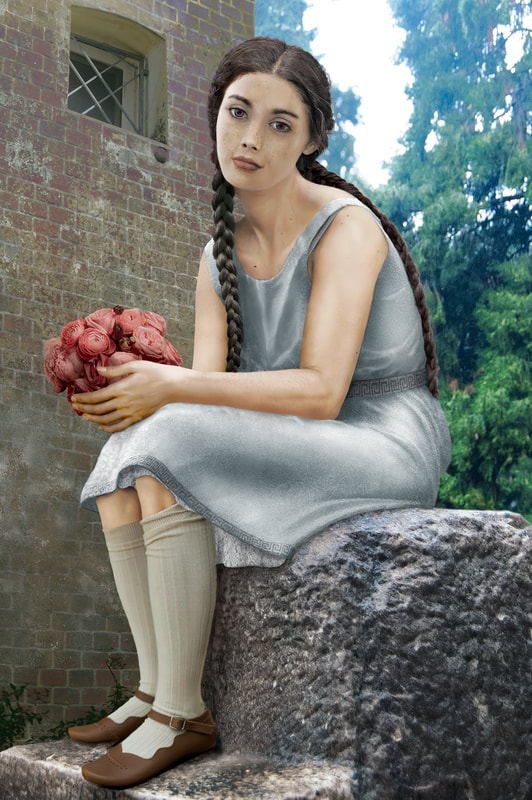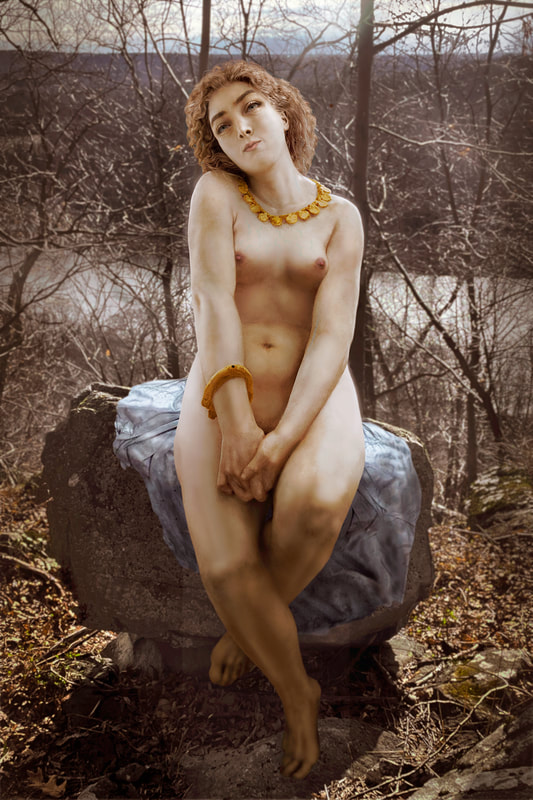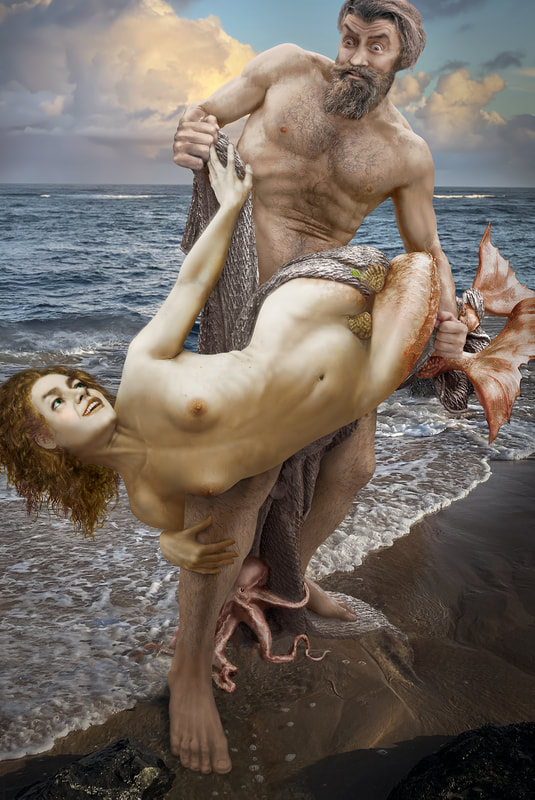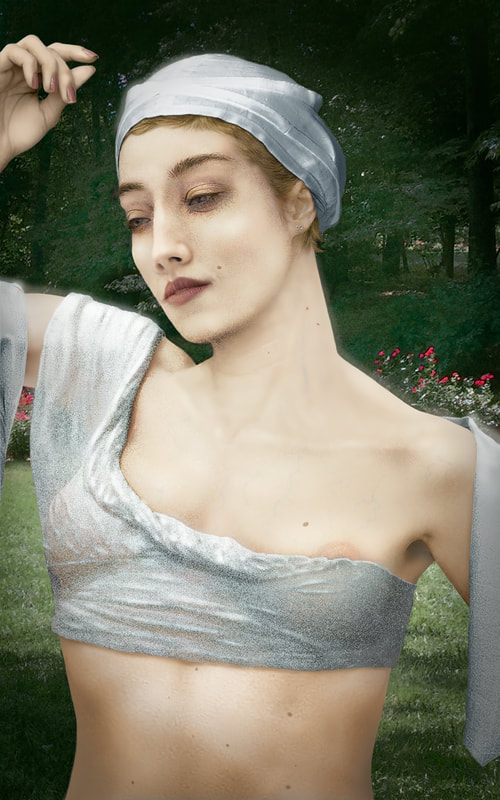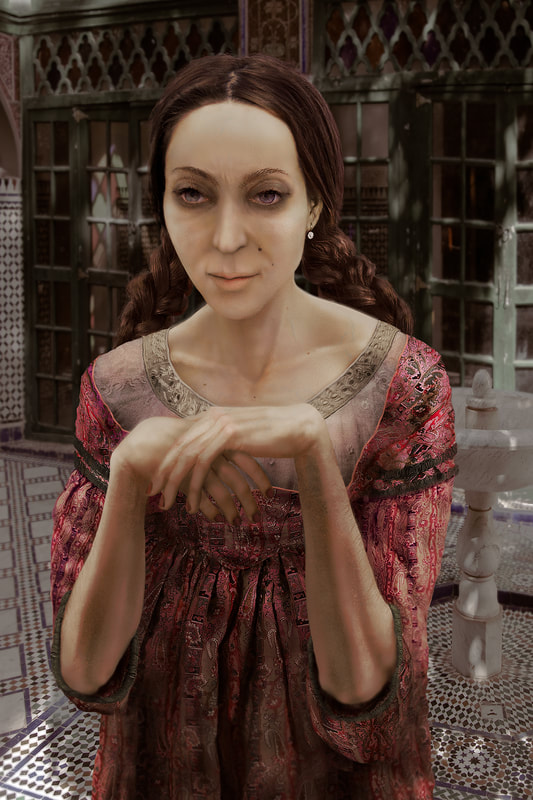See also my Facebook artist page; you will find lengthier thoughts and views of work in progress there. Use the contact form below or email me with questions, comments, or requests. This work is all from 2014 - 2023. All are archival pigment prints on uncoated BFK Rives paper in editions of 12. Every one of them has a story of her life, of her time.




